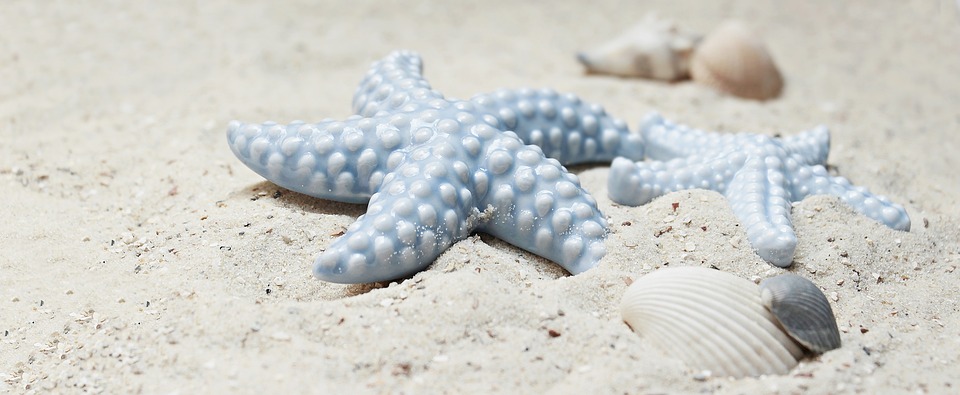Starfish Don’t Scratch (But We Do): A Strange Comparison to the Brain’s Perceived Itch
Have you ever stopped to think about why we scratch when we feel itchy? It’s a natural response, but have you ever wondered why other creatures, like starfish, don’t scratch when they get irritated? This seemingly simple question has led scientists to uncover a fascinating connection between the brain’s perception of itch and the behavior of these marine animals.
The Itch-Scratch Cycle
For humans, the itch-scratch cycle is a well-known phenomenon. When our skin becomes irritated, our brain sends a signal to our hands to scratch the affected area. This response is designed to relieve the discomfort and restore our skin’s natural barrier function. But why do we scratch, and why don’t starfish?
Starfish: The Non-Scratchers
Starfish, also known as sea stars, are marine animals that have been around for millions of years. Despite their ability to regenerate lost arms and withstand harsh ocean conditions, they don’t scratch when they get irritated. In fact, they don’t have skin in the classical sense, as their bodies are covered in a layer of tiny, moveable spines called papulae.
When starfish encounter irritating substances, such as bacteria or parasites, they respond in a unique way. They use their powerful tube feet to move the offending substance away from their bodies, effectively "washing" themselves clean. This behavior is crucial for their survival, as it helps prevent infection and maintains their delicate balance of marine ecosystems.
The Brain’s Role in Itch Perception
So, why do we scratch when we feel itchy, while starfish don’t? The answer lies in the brain’s processing of sensory information. When our skin detects an irritant, our brain receives a signal that is interpreted as itch. This signal is then transmitted to the motor cortex, which sends a response to scratch the affected area.
In contrast, starfish lack a central nervous system and brain, which means they don’t have the same level of cognitive processing as humans. Their bodies respond to irritation through instinctual behaviors, such as moving away from the stimulus or using their tube feet to remove the offending substance.
The Connection Between Itch and Pain
Recent studies have shed light on the connection between itch and pain in the brain. Research suggests that the same neural pathways that process pain also process itch. This means that our brain’s perception of itch is closely linked to our perception of pain.
In the case of starfish, their lack of a central nervous system and brain means they don’t have the same level of pain perception as humans. This could explain why they don’t scratch when they get irritated – they may not be able to perceive the itch as a painful or uncomfortable sensation.
Image:
[Insert an image of a starfish with a caption: "Starfish use their tube feet to move irritating substances away from their bodies, rather than scratching like humans do."]
FAQs:
Q: Why do we scratch when we feel itchy?
A: We scratch because our brain sends a signal to our hands to relieve the discomfort and restore our skin’s natural barrier function.
Q: Why don’t starfish scratch when they get irritated?
A: Starfish don’t scratch because they lack a central nervous system and brain, which means they don’t have the same level of cognitive processing as humans. Instead, they respond to irritation through instinctual behaviors.
Q: What is the connection between itch and pain in the brain?
A: The same neural pathways that process pain also process itch, which means that our brain’s perception of itch is closely linked to our perception of pain.
Q: Can starfish feel pain?
A: It’s unclear whether starfish can feel pain in the same way that humans do. However, research suggests that they may not have the same level of pain perception as humans.
Q: What can we learn from starfish about itch and pain?
A: Studying starfish can provide valuable insights into the evolution of itch and pain perception in different species. This knowledge can help us better understand and treat itch-related disorders in humans.



